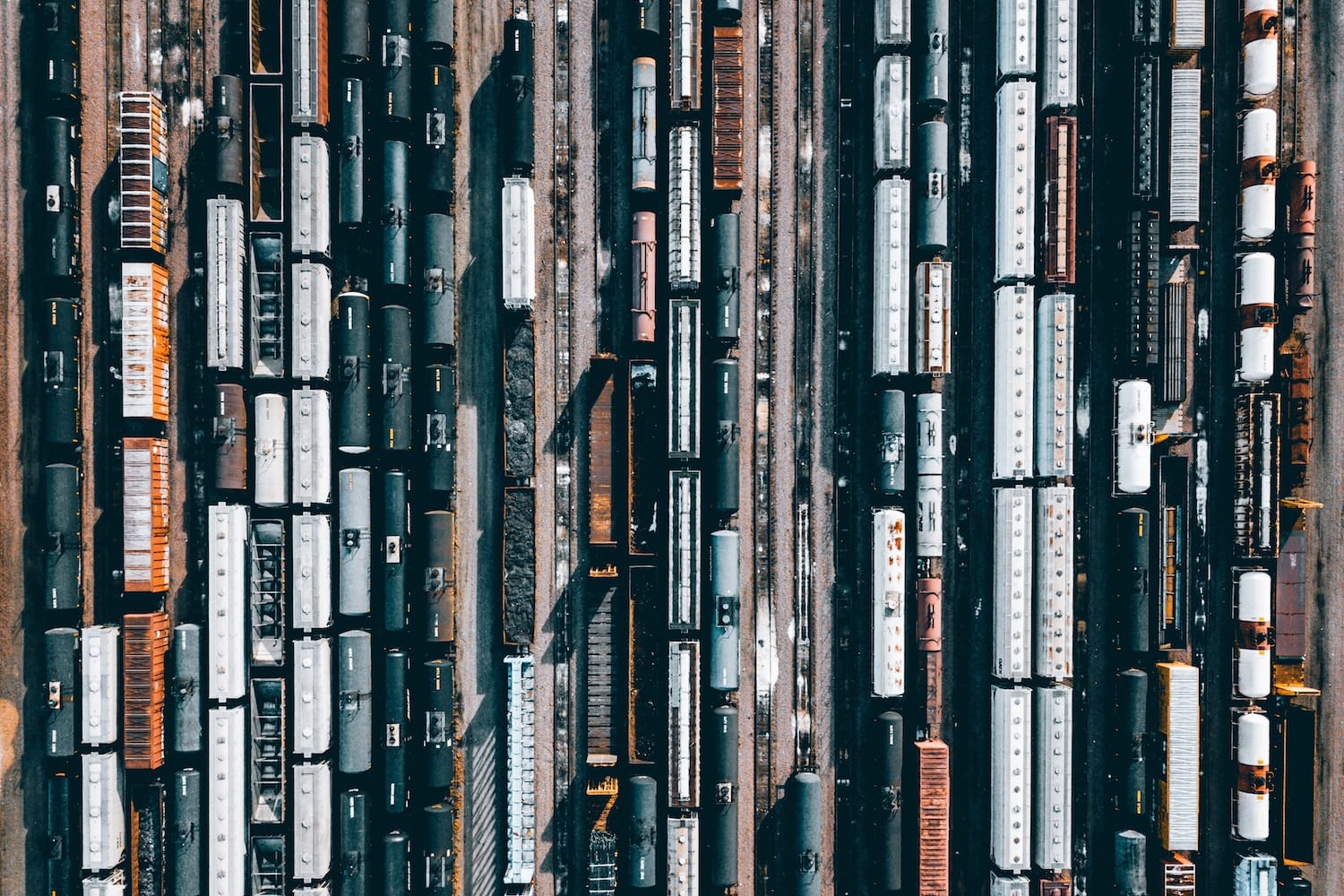Advances in the Internet of Things (IoT) and predictive analytics are rapidly transforming the U.S. railway system. Trains are becoming quieter, more efficient and increasingly environmentally friendly. And data has become a key component for improving every aspect of railway performance, allowing rail operators to attain close to 100 percent on-time arrival.
The combination of the power of the IoT, big data and wireless innovation has enabled what Siemens is calling the “Internet of Trains.” These technologies enable rail vehicles to make intelligent use of data collected from sensors on both infrastructure and vehicles and it’s led to a wealth of operational innovations.
“All the attendant points, switches and capabilities generate enormous amounts of data that enable a tapping in to various value propositions. They create innovations that enable transformations at very high levels,” says Simon Davidoff, head of Siemens’ North American digital rail division. “The mandate is to leverage this data and turn it into value-added actions.”
The goal is to enable technicians to apply these insights to repair equipment quickly and even perform predictive maintenance to replace and repair train components before they break down. For example, maintenance teams can predict the failure of gear boxesin advance and then schedule a replacement at a service depot when a train is not being used. In other situations, mobile apps enable teams with handheld devices to access sensor data in real time in order to identify problems as they inspect tracks, vehicles and equipment.
The Industrial IoT Takes to the Rails
 It’s an example of data-driven innovation in which operators can achieve more granular control through unified dashboards, IoT sensors and real-time analytics. Operators can perform data analysis to monitor a range of variables, from train engine temperature to door operation. In addition, they can access video images to visually inspect and detect changes affecting external train components, such as the speed of wear on brakes and deteriorating track conditions.
It’s an example of data-driven innovation in which operators can achieve more granular control through unified dashboards, IoT sensors and real-time analytics. Operators can perform data analysis to monitor a range of variables, from train engine temperature to door operation. In addition, they can access video images to visually inspect and detect changes affecting external train components, such as the speed of wear on brakes and deteriorating track conditions.
“Big data can be used to predict failures or to look at how passengers are interacting with the vehicle—how long doors are being opened or delay times on the platforms. Information from the trains can then be correlated with the passenger flow,” Davidoff says.
Sensor data can also help railway operators improve energy efficiency and performance execution. For example, IoT-based train systems can automatically collect and analyze passenger data to illustrate ridership variations, allowing planners to adjust the number of trains to accommodate demand.
Such innovations are being applied in every area of the U.S. rail system, from commuter and regional passenger trains to light rail and streetcars, metros, locomotives and high-speed passenger coaches. These technological advances comprise the automation and digitalization of the nation’s railways, driven by the innovations of industrial giants like Siemens, China Railway Rolling Stock Corp., General Electric and Bombardier Transportation.
A Portland Light Rail Pilot Project
In 2012, Portland, Oregon hired Siemens to supply advanced light rail services for its TriMet commuter rail line that would incorporate superior train diagnostics, reduced emissions and improved accessibility. The system serves more than 100 million trips per year.
Improved transportation, economic development and job creation are key byproducts of the move towards a more modern rail system. For example, in the Portland TriMet rail expansion, nearly 600 private sector firms performed work on the project.
The expansion of IoT and predictive analytics adoptions enable operators to make data-informed decisions that optimize the entire value chain and deliver clear benefits to the nation’s commuters.


Share this: